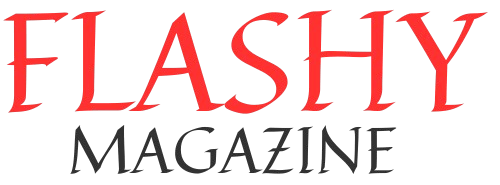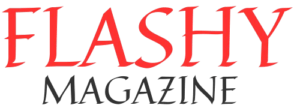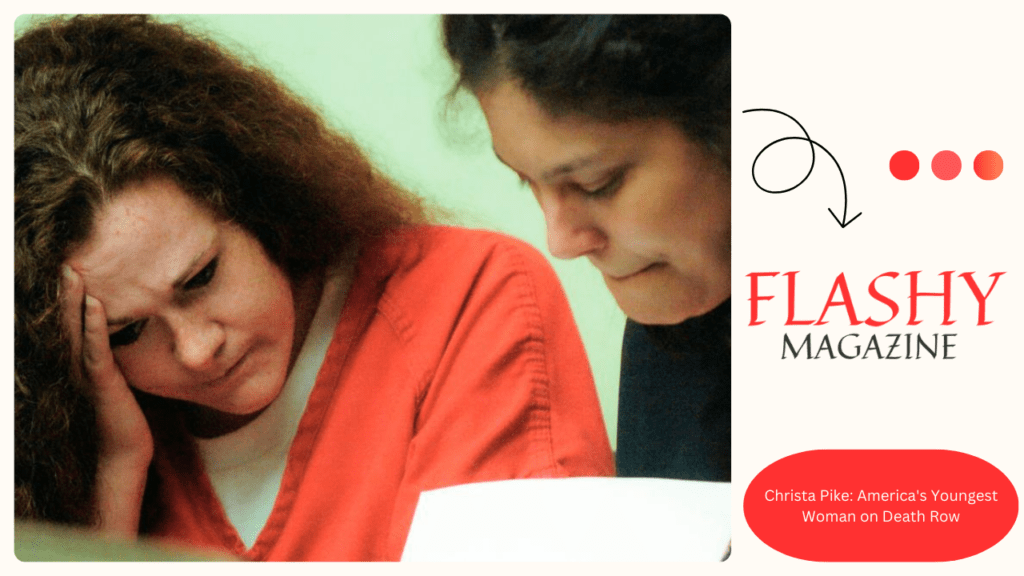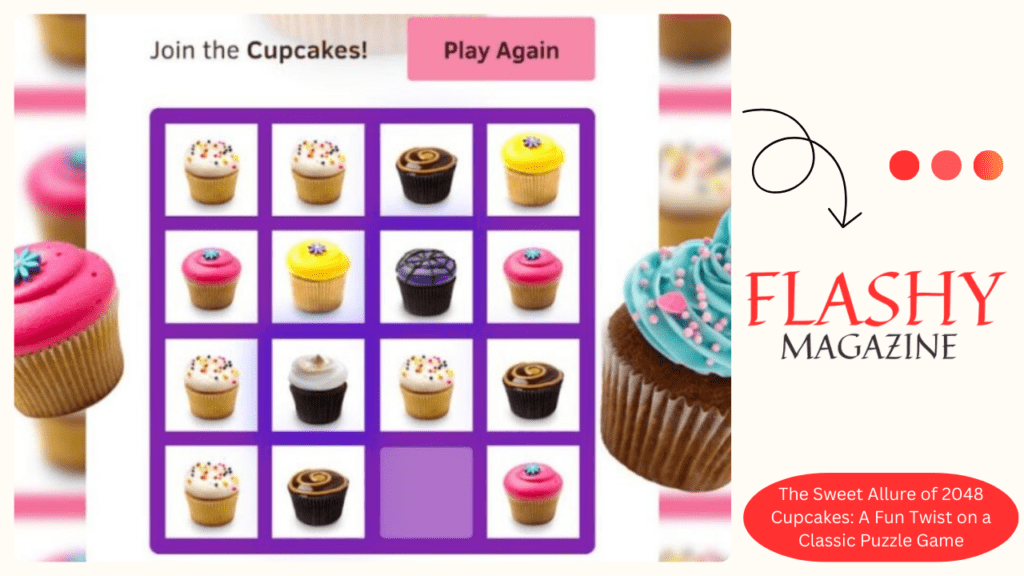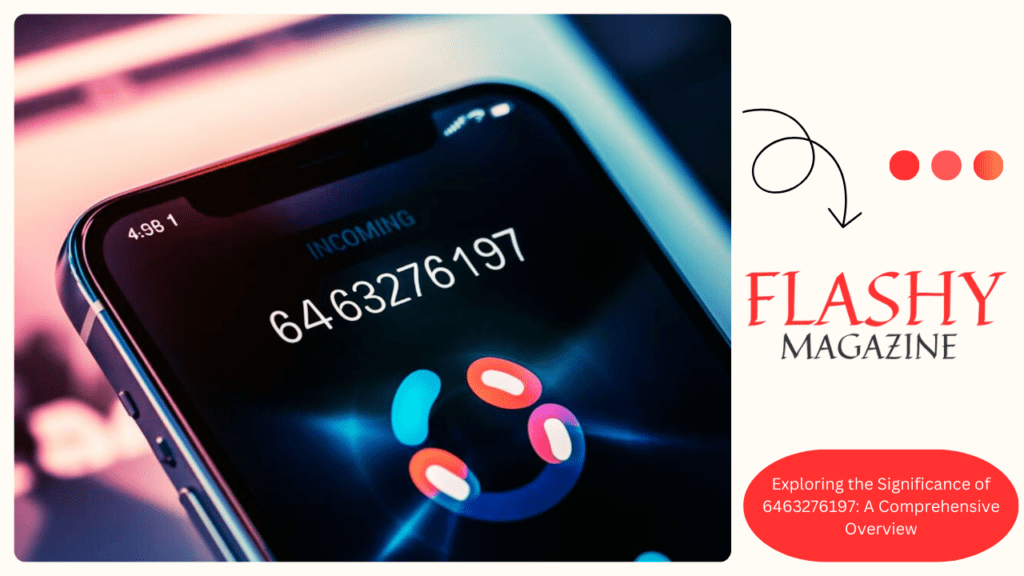Art of Zoo refers to a kidney of visual art that explores the beauty, riddle and complexity of the natural world, particularly through the definition of creatures. In this art form, generators strive to capture the substance of wild nature and combine their cultural chops with a deep appreciation of nature’s diversity. From oils and puppets to photography and digital art, the Art of Zoo offers a unique sapience into the relationship between humans and creatures.
In this blog post we will explore what the Art of Zoo entails, its meaning and why it has come a popular content for artists and suckers likewise.
What is The Art of Zoo?
The Art of Zoo can be described as an cultural approach that focuses on depicting creatures in their natural terrain, celebrating their grace, strength and vulnerability. While the term” zoo” may elicit images of prison, zoo art tends to emphasize the freedom and wildness of creatures and emphasize the way they interact with their terrain.
Artists working in this kidney frequently draw alleviation from real beast hassles, wildlife pictures, or their particular love of creatures. This art form covers a wide range of styles, from hyperactive-realistic delineations of brutes to further abstract representations that emphasize movement, energy or emotion.
The Significance of Creatures in Art
Throughout history, creatures have been central to numerous cultural traditions. From ancient delveoils to ultramodern digital designs, humans have long been fascinated by the beast area. creatures are frequently used symbolically to represent ideas, feelings or artistic beliefs. In numerous societies, creatures are worshiped as spiritual beings or as symbols of strength, wisdom and power.
The Art of Zoo takes this long- standing tradition of beast definition to new heights by fastening not only on the creatures’ physical appearance, but also on their geste and emotional expressions. This allows artists to communicate a deeper connection between humans and nature, frequently creating a sense of wonder or admiration in the followership.
Popular Media for Art of Zoo
Artists working within the Art of Zoo kidney use a variety of media to convey their dispatches, each bringing their own unique rates to the definition of creatures. Some popular media include:
- Oil Numerous
Artists choose traditional media similar as oil painting, tempera or gouache to capture the fineness of creatures. Whether it’s the rich texture of fur, the vibrant colors of catcalls or the fluid movement of marine life, painters have the freedom to play with light, shadow and color to produce emotional pictures of creatures.
- Photos
Wildlife photography is one of the most important forms of zoo art. shutterbugs spend hours, days or indeed months tracking creatures in their natural niche to capture amazing moments that showcase the beauty of the natural world. The real- time aspect of photography allows for dynamic and authentic representation, making it a important medium for this art form.
- Sculpture
Sculptors working in the Art of Zoo kidney produce three- dimensional delineations of creatures, frequently paying close attention to anatomical detail. These puppets can range from small statuettes to life- sized installations, allowing observers to further tangibly appreciate the physicality and presence of creatures.
- Digital Art
With the arrival of technology, digital art is getting an decreasingly popular medium for Art of Zoo. Artists use digital tools to produce detailed and frequently fantastical representations of creatures, blending reality with imagination. This medium allows for lesser trial with color, form and texture, performing in unique and innovative beast art.
Why Art of Zoo is Important
The Art of Zoo goes beyond bare aesthetics; it serves as a memorial of the beauty and fragility of the natural world. By depicting creatures in art, generators frequently raise mindfulness of issues similar as wildlife conservation, risked species, and the significance of conserving natural territories.
Also, the kidney encourages people to reconnect with nature and see creatures not just as brutes to be observed, but as beings good of respect and admiration. numerous of the workshop in Art of Zoo carry subtle or overt dispatches about man’s impact on the terrain and call on observers to take action to cover the earth’s biodiversity.
Conclusion
The Art of Zoo is a festivity of the natural world, fastening on the majesty and riddle of creatures. Whether through oil, photography, form or digital art, this kidney brings creatures to life in a unique and witching way. By pressing the connection between humans and nature, Art of Zoo not only entertains, but also educates and inspires wildlife conservation.
